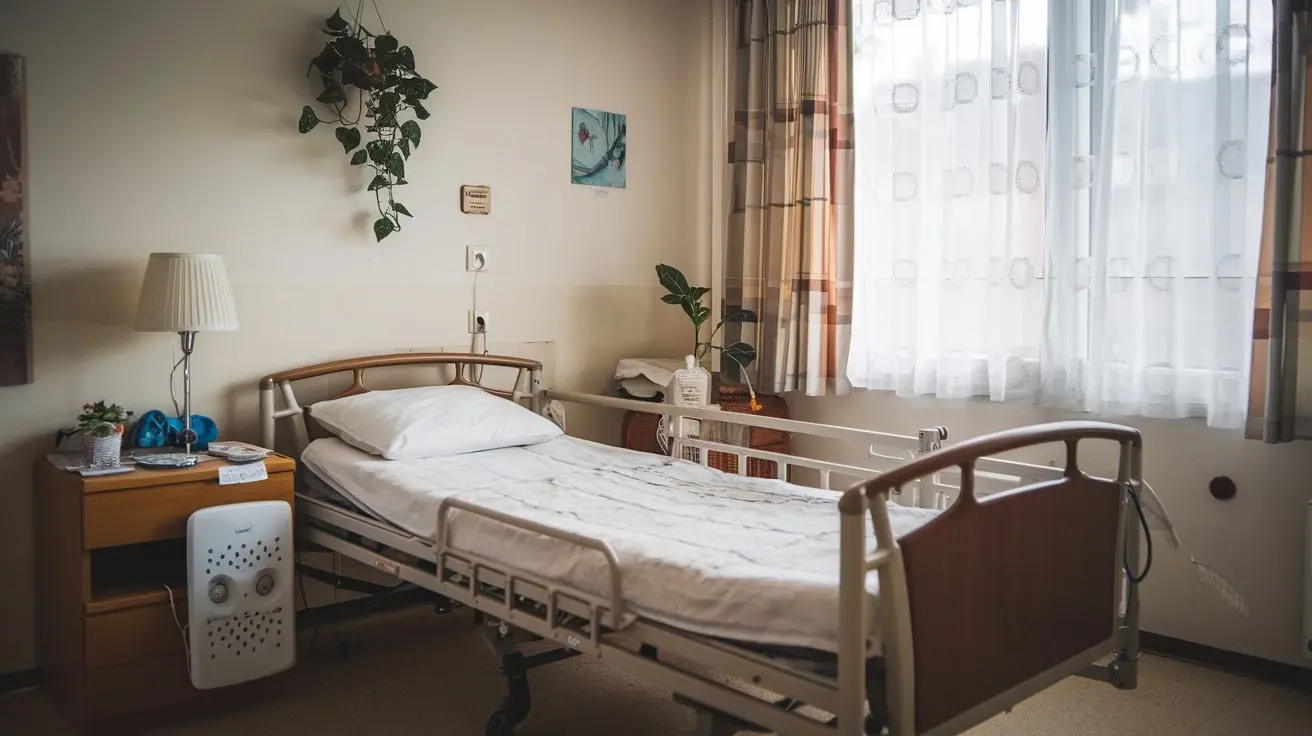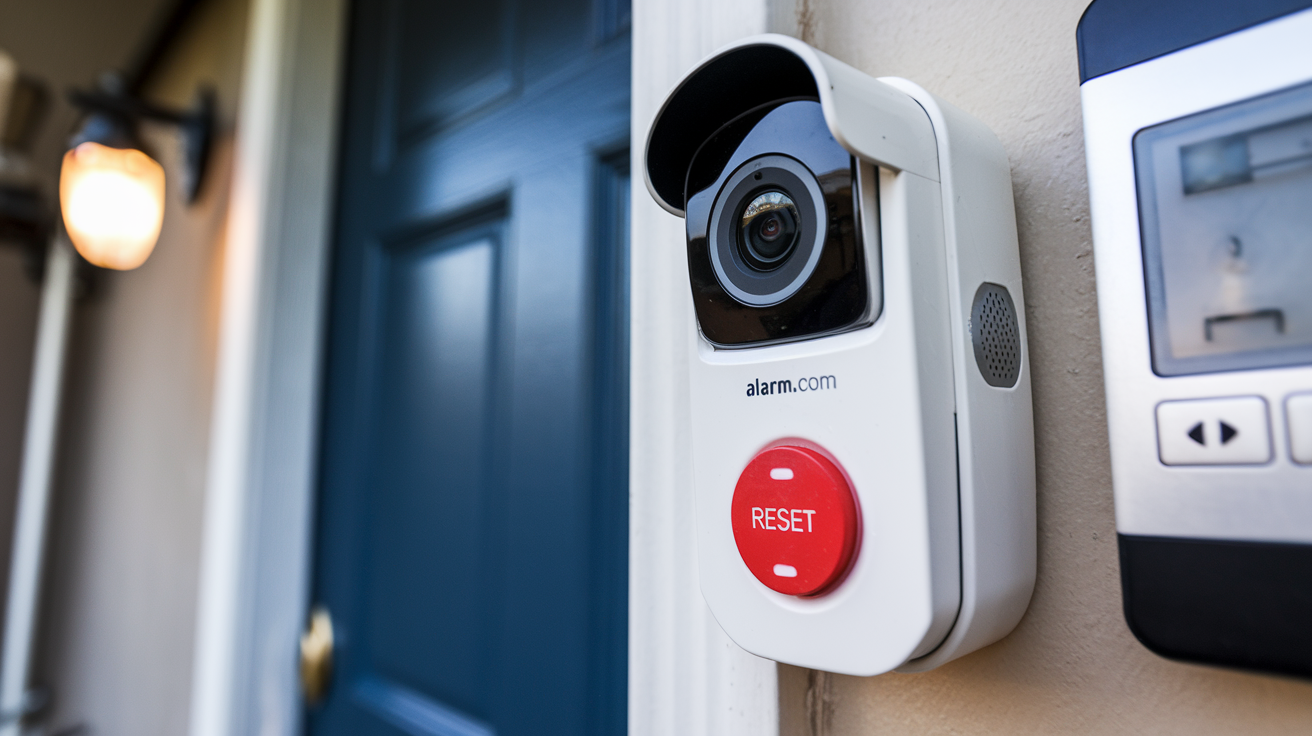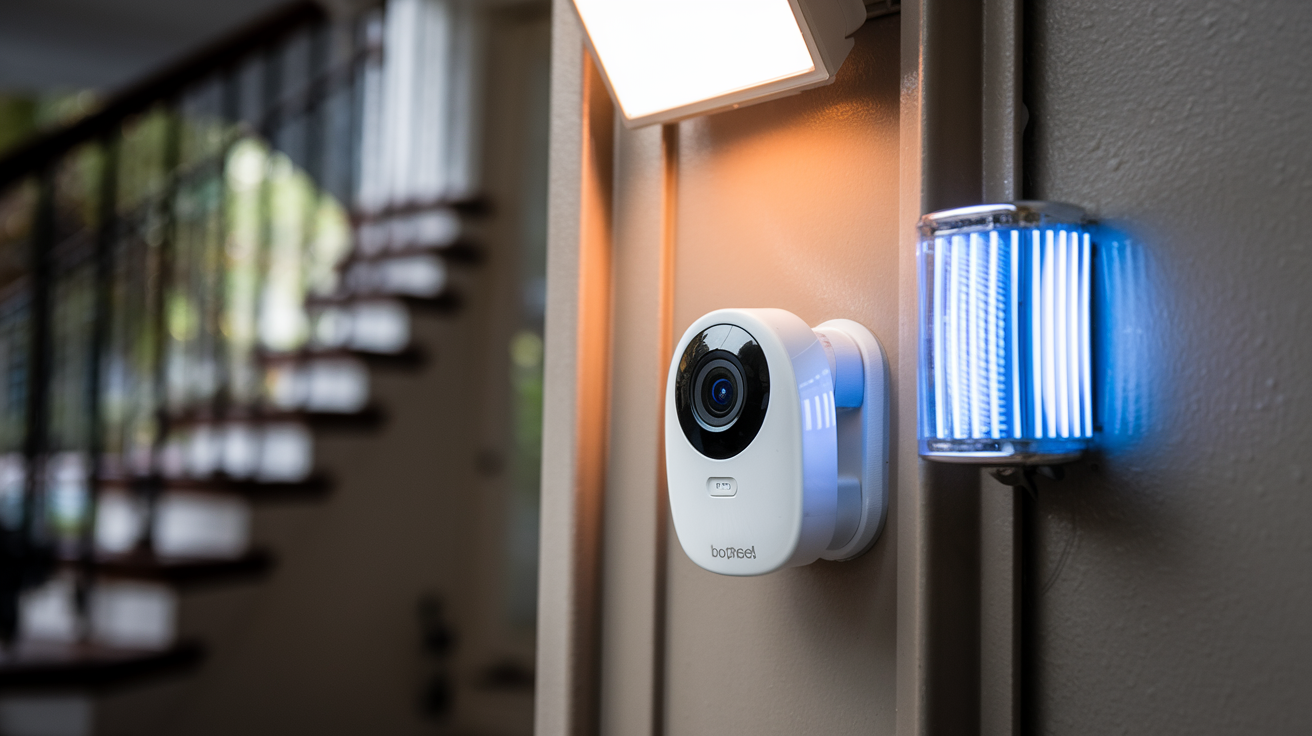A bed alarm is a device that can be used to remind the nursing staff of a resident who is trying to get up from bed or has already gotten up from bed. These alarms are designed to deter nursing home occupants from falling or getting injured, especially those who are prone to falls or who should not attempt to get out of bed on their own. However, the use of physical restraints and alarms in nursing homes remains a concern. The following is a description of the advantages and disadvantages of bed alarms for nursing homes and the legal aspects of employing them.
Possible advantages of using bed alarms
The supporters claimed that the use of bed alarms is very useful in nursing homes, especially in ensuring the safety of the residents. Patients in nursing homes are usually immobile and tend to fall. Some diseases like dementia or Alzheimer’s disease are also known to cause confusion and hence raise the risks of falls among the elderly. Bed alarms serve as an indication to the staff members that a client needs help getting out of bed or walking. This helps the staff to attend to the resident early and offer close assistance to prevent a fall. Research conducted on the subject has revealed that the use of bed alarms is effective in the reduction of fall injuries if properly applied in long-term care facilities. Since there are always some shortages of staff members in many nursing facilities, bed alarms also give necessary alarms when a resident is left alone. Last but not least, bed alarms provide some sort of assurance to the families that the safety of their dear ones is secured. It is for this reason that many caregivers embrace the use of alarms so long as the alarms do not deprive the resident of his/her rights and freedom.
Possible Lacks of Using Bed Alarms
However, as critics suggest, bed alarms have their drawbacks as well that cannot be overlooked. Dependence on alarms can allow staffing problems to continue because alarms serve in place of sufficient staff monitoring. Alarms can disturb the residents’ peace and make a general noisy environment in the building. Misuse of the alarms could deny the residents their mobility, privacy, and liberty. However, studies also indicate that alarms may not have a differential effect in decreasing fall rates in the long run. In the long run, several of them adapt to the noise and just ignore it, or if they have a chance, try to get up, anyway. Alarms could then serve as a way of calming staff down into thinking that fall prevention is being implemented when in a real sense it is not. Last, the studies revealed that alarms are most effective in conjunction with personal care planning, fall precautions, and staff training. In understaffed nursing homes, which are usually poorly equipped, alarms cannot solve the multifaceted problem of falls and subsequent injuries among the residents.
Legislative Measures Relating to the Use of Bed Alarm
Federal rules and regulations provide narrow guidelines on how and when nursing homes can use restraints and alarms. However, there is some confusion regarding what is considered an unlawful ‘restraint’. In theory, facilities cannot restrict a resident through alarms from exercising his or her normal range of motion. However, it is not always easy to define what kind of restrictions may be considered as restraints. It is also important to note that the enforcement of these laws also differs depending on the state. Best practice recommends:
• Obtaining informed consent: Nursing homes need to communicate with residents and their families any intended use of alarms as part of the care plan. Before they use it, they should make records of informed consent. • Assessing risk factors: Fall and injury risk analysis should be conducted and comprehensive, individualized alarm plans should be developed on a client-by-client basis. • Monitoring and reassessment: Continuous surveillance aids the facilities in establishing whether alarms are still useful in the long run or if there are risks that arise. Such reassessments make it possible to discontinue alarms if they are no longer needed anymore. • Proper staff training: It is essential to prevent overload and false alarms by teaching nursing staff about alarm use and their roles and responsibilities. The emphasis in training should be made on quick and responsive actions, and a patient-oriented approach to alarms.
The federal rules specifically state that the use of alarms cannot be for the convenience of the staff or as a substitute for proper supervision. Therefore, it can be inferred that when bed alarms are the only measure used to prevent falls, it will amount to unlawful restraint. The least intrusive alarm is employed for the shortest time possible to ensure that facilities abide by the rules. Another aspect is the need for continuous consent and supervision.
The Way Forward
In the last analysis, the use of bed alarms raises many questions about the safety of residents and their dignity/rights. They may have a role in programs that assess and manage other extrinsic intrinsic and environmental contributors to falls. However, blind reliance on alarms as the one-size-fits-all solution for safety probably does more credit than it deserves. With averages in the range of 1-2 falls per nursing home resident per year, the prevention of falls is not a simple task.
Bed alarms may offer the required alerts in some situations when used in combination with other evidence-based practices. However, they are not a replacement for proper staffing, identification of patient care needs, gait/balance/medication reviews, and changes in the physical environment. Nursing homes should therefore think critically before deploying bed alarms widely. Regulators therefore have to keep striving to define proper use of alarms policies that will safeguard the residents, autonomy as well as security.
Protect your home today with ADT’s top-rated security solutions!
Call now at +1 877-470-7879 to get a free consultation and find out how you can secure your home with the best in the business. Don’t wait—ensure your peace of mind with ADT!







